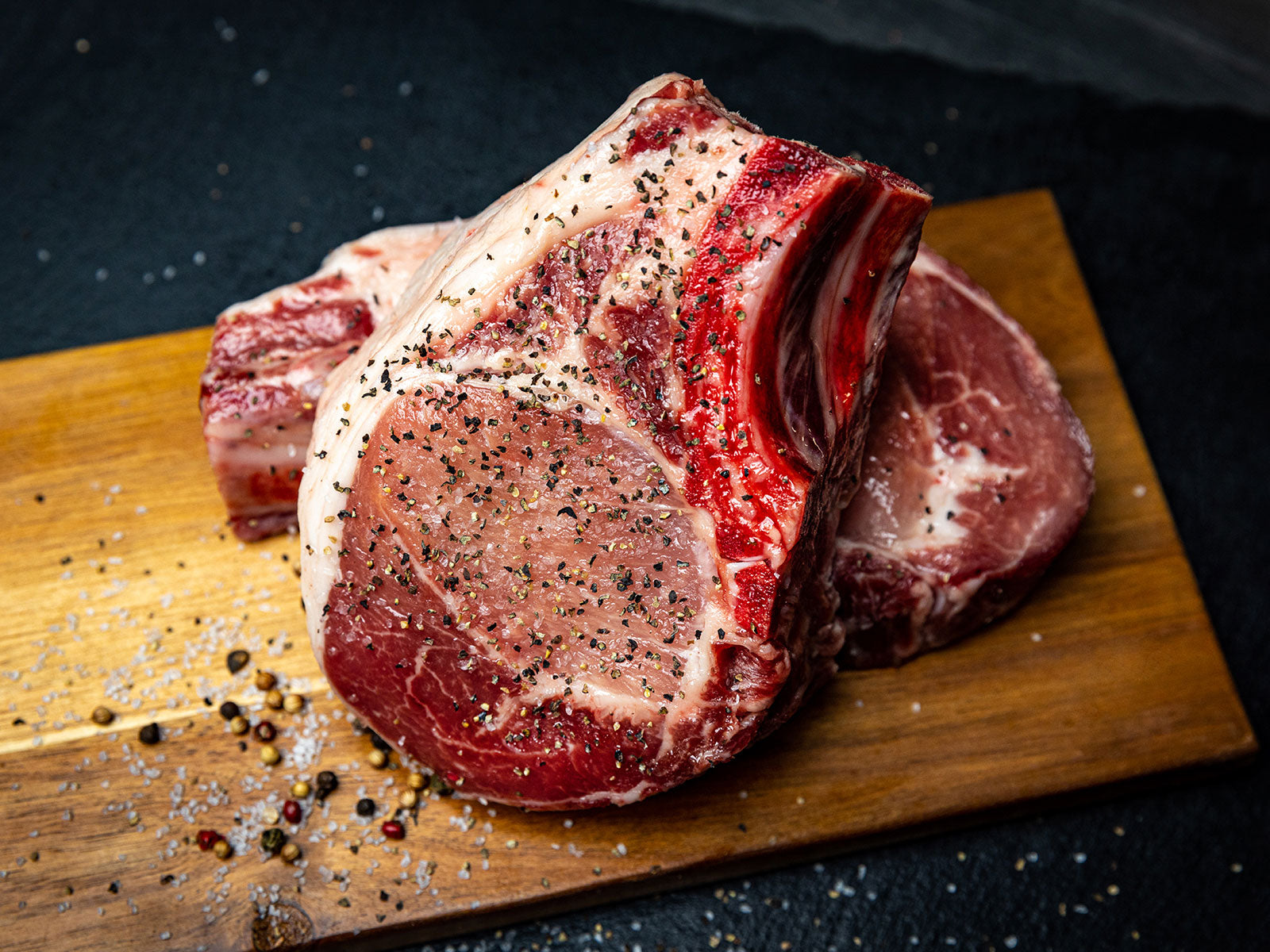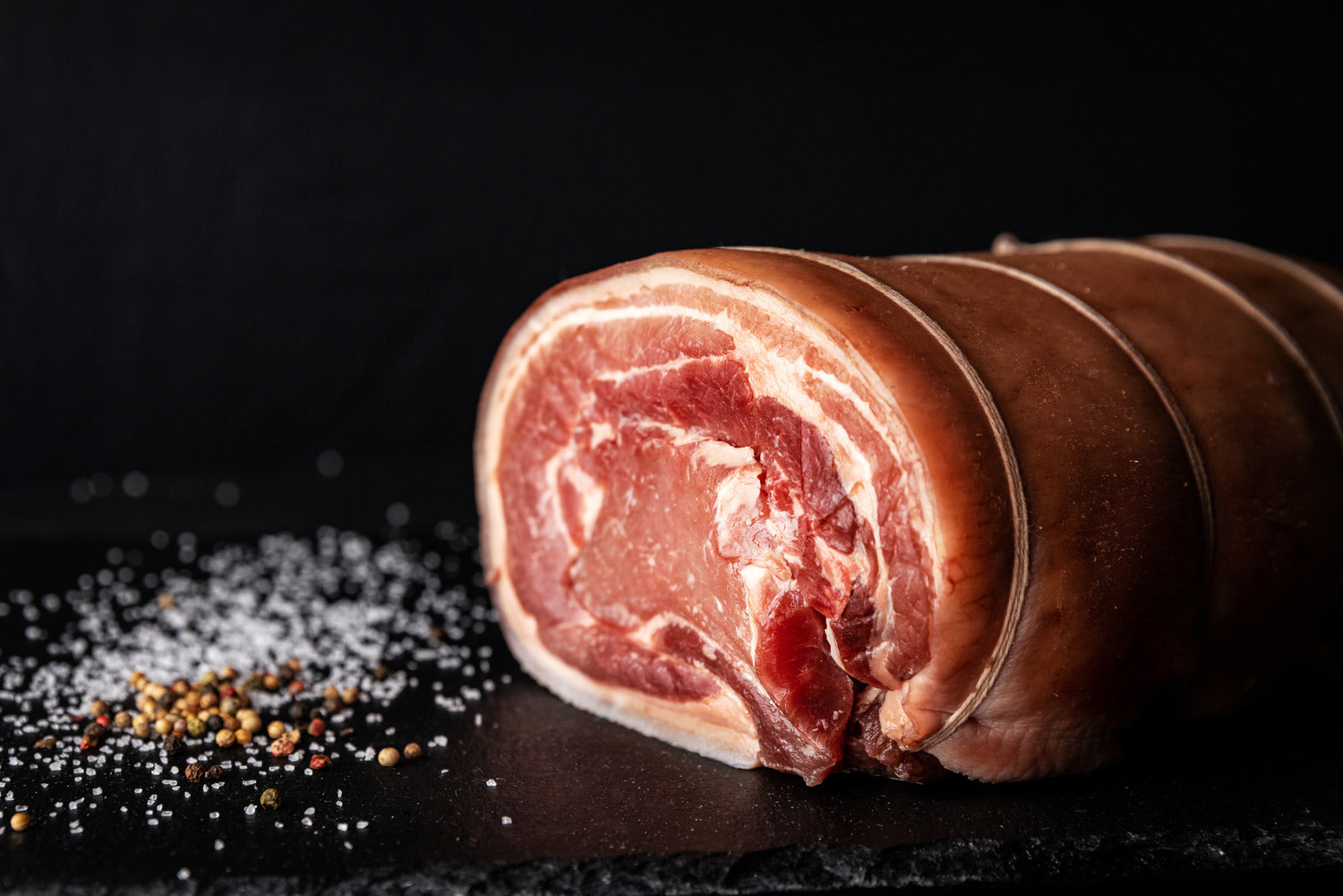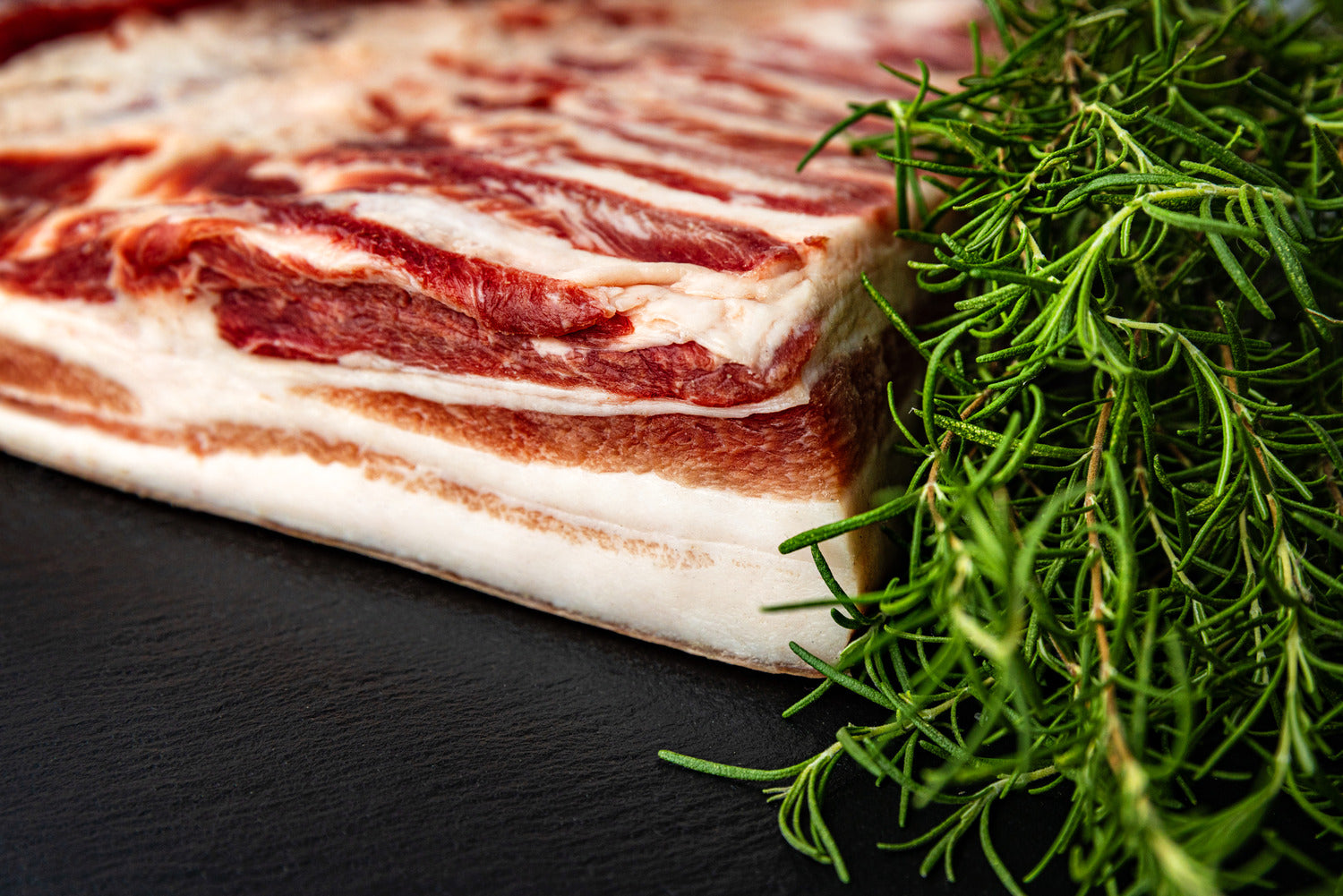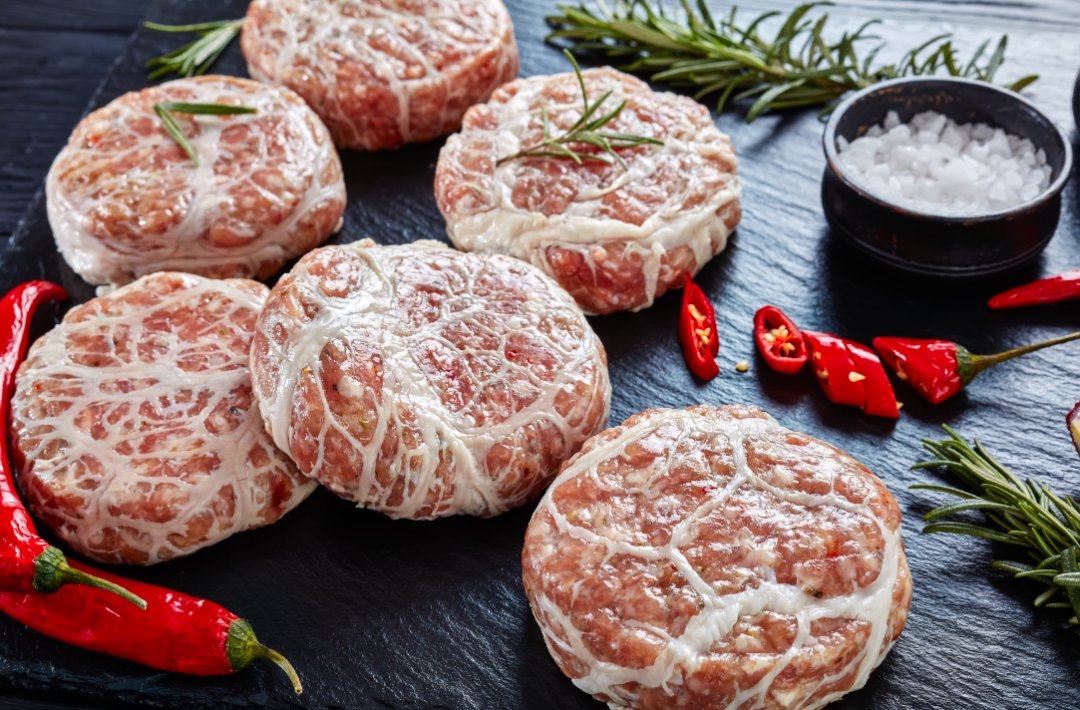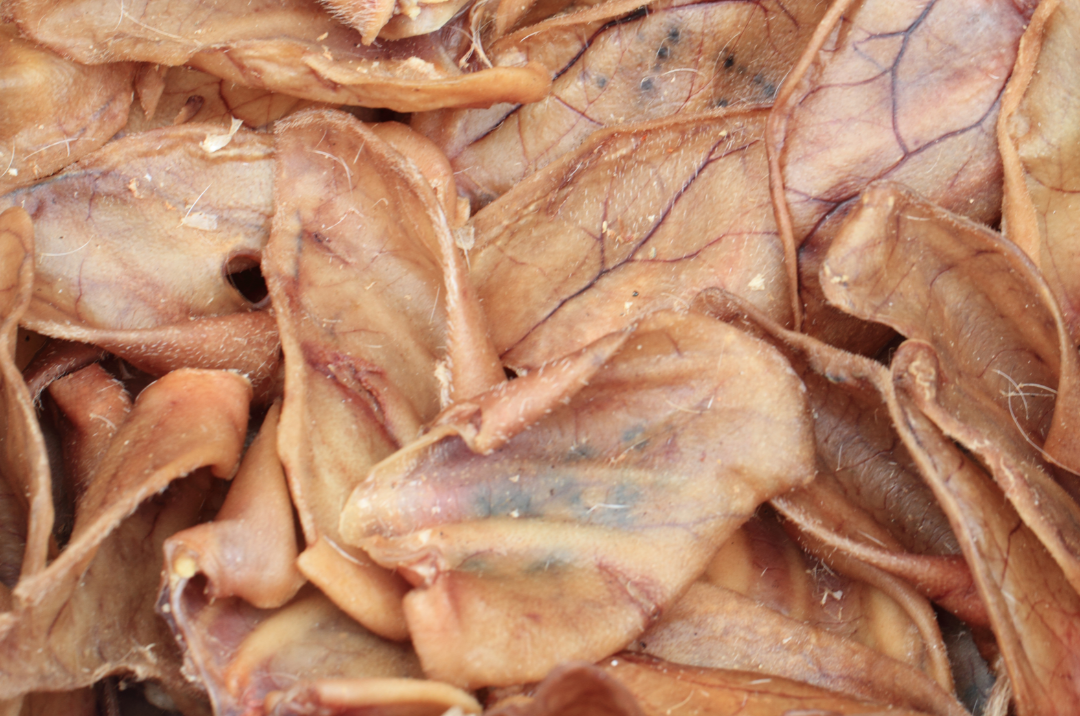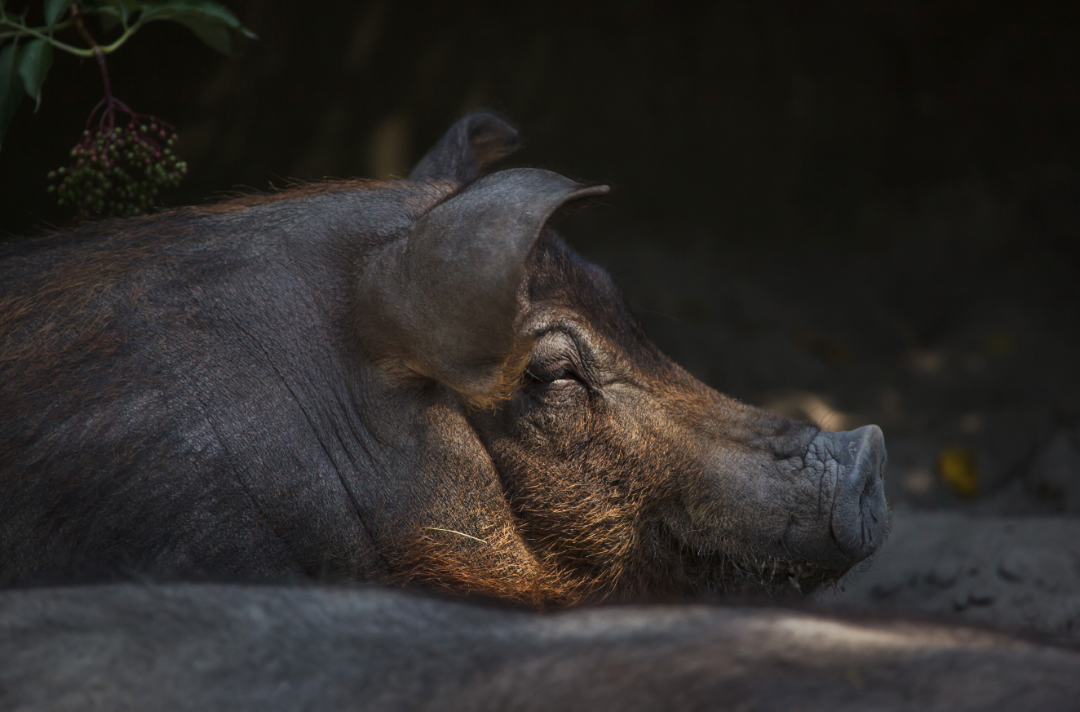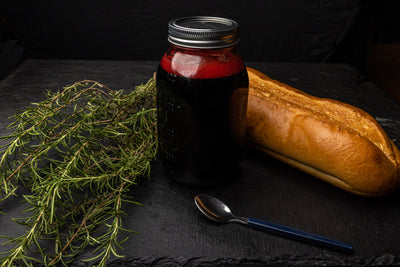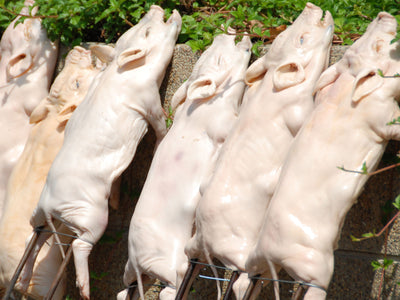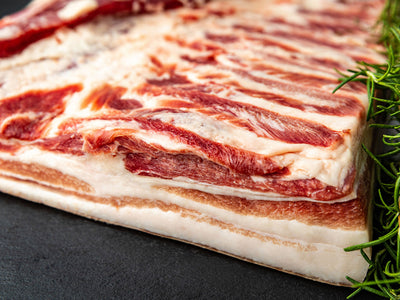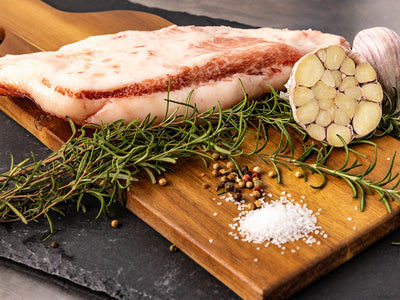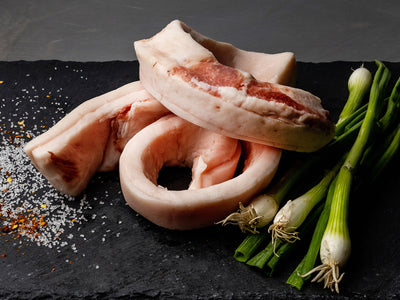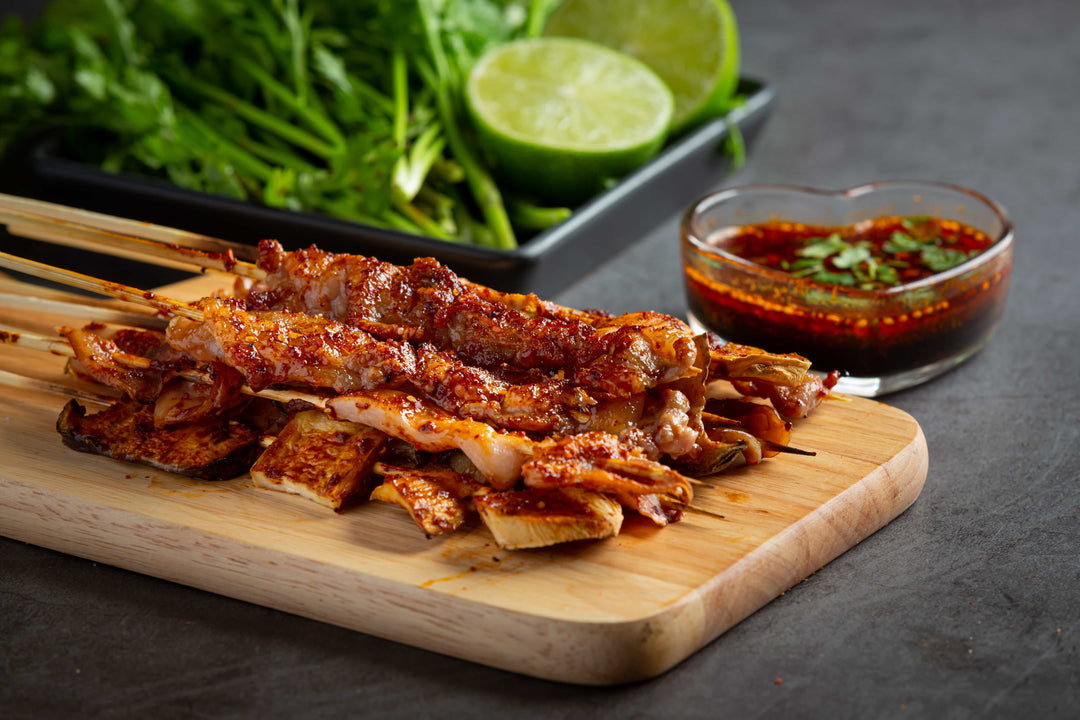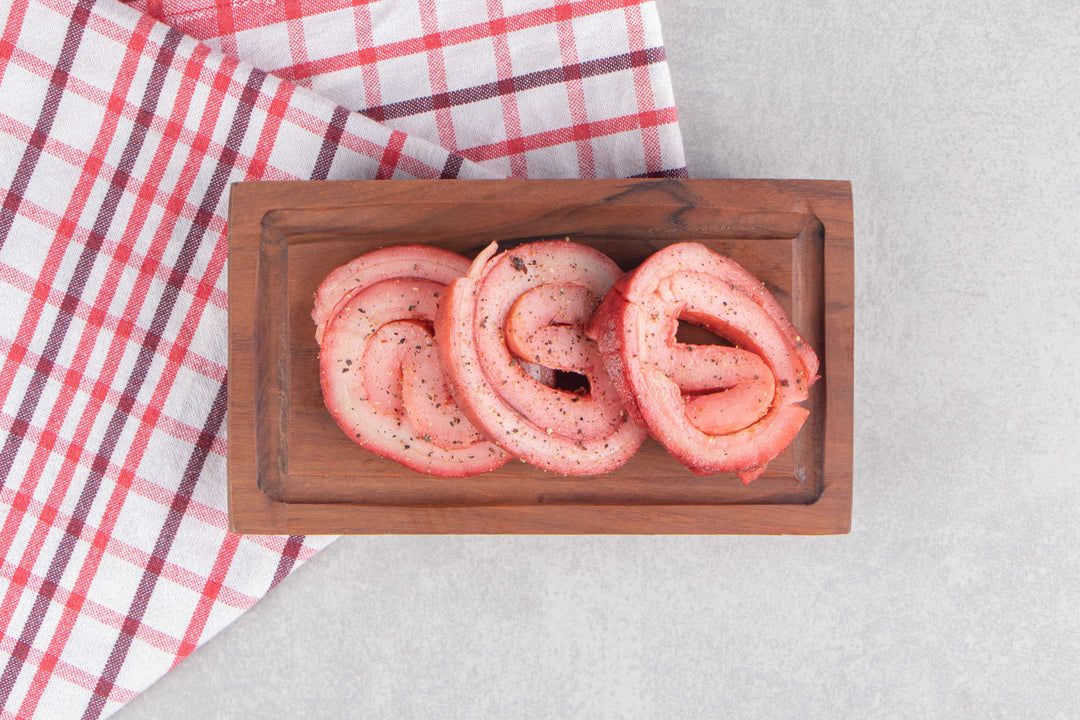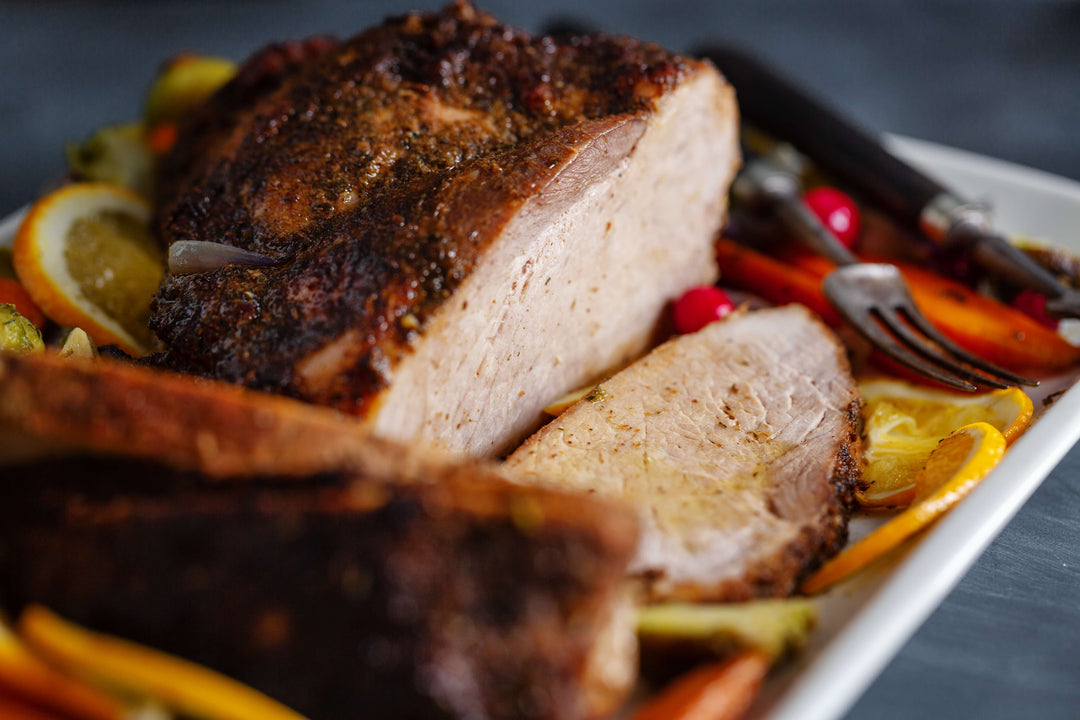Filipino cuisine is a delightful blend of flavors and traditions, offering a taste of rich history through its diverse dishes. One standout among the archipelago's many culinary gems is dinuguan, a unique and savory stew with deep cultural roots.
Made from pork meat and pork blood this dish may seem unfamiliar to some, but it holds a special place in Filipino hearts for its bold, tangy, and spicy flavor. It's more than just food; it's a cherished part of Filipino heritage.
This guide will show you how to make dinuguan, explore its cultural significance, and enjoy it like a true Filipino.
What is Dinuguan?
Dinuguan, derived from the word dugo, meaning "blood," is a flavorful Filipino stew made from tender pieces of pork cooked in pig's blood, vinegar, and a mix of spices such as garlic, onions, and chili peppers. This dish is affectionately called "chocolate meat" due to its dark color and rich, savory flavor.
Depending on the region, it goes by different names: tid tad in Kapampangan, sinugaok in Batangas, dinardaraan in Ilocos, dugo dugo in Cebu, and tinumis in Bulacan and Nueva Ecija.
Dinuguan is often a hearty main dish served with steamed rice or a tasty snack paired with puto (rice cakes). It is perfect for dipping and soaking up the rich, savory sauce.
Ingredients for Dinuguan
To make an authentic dinuguan, you'll need a few key ingredients to create its rich and distinctive flavor. Here's what you'll need:
-
Pork meat: Common cuts include pork belly, shoulders or other fatty pieces that help create a tender, flavorful stew. Some variations may include pork offal, like liver, kidney, or heart, for added richness.
-
Pork blood: The star ingredient. Fresh or frozen pork blood can be found at Filipino or specialty markets. Be sure to use the freshest blood for the best taste and texture.
-
Vinegar: This adds the signature tanginess to dinuguan, balancing the richness of the pork and blood. Filipino cane vinegar (sukang nipa) is often used, but any vinegar can work.
-
Garlic and onion: These aromatics form the savory base for the stew.
-
Chili: Fresh or dried chili peppers bring the necessary heat. You can adjust the spice level.
-
Fish sauce: Adds a rich umami flavor and a touch of saltiness that enhances the overall dish.
-
Soy sauce: A small amount deepens the flavor profile, giving the stew complexity.
Some cooks add spices like bay leaves, peppercorns, and ginger to boost the aroma and flavor. Optional ingredients like pork liver or innards can be included for extra richness, though these are entirely up to personal preference.
Cooking Dinuguan: A Step-by-Step Guide
Making dinuguan is easier than you might think, and with a few straightforward steps, you can have this rich and flavorful dish ready in no time. Here's a simple guide to help you cook up the perfect dinuguan:
-
Prepare the Pork and Blood: Cut the pork into bite-sized pieces. A mix of lean pork and fatty cuts is ideal for creating a rich, tender stew. Gently whisk the pork blood in a separate bowl with some vinegar. This step helps prevent the blood from curdling when added to the pot.
-
Brown the Pork: Heat some oil in a large pot or deep pan over medium heat. Add garlic and onion, cooking them until fragrant and soft. Then, add the pork pieces and brown them on all sides. This step adds depth to the savory flavor of the stew.
-
Add the Vinegar: Pour in the vinegar and let it simmer for 2-3 minutes to cook off the raw taste. It helps create that signature tangy flavor in your dinuguan.
-
Season the Stew: Add water or pork broth to the pot, along with fish sauce, soy sauce, pepper, and bay leaves. Stir everything together and then boil. Once boiling, lower the heat and let it simmer for 30-40 minutes or until the pork becomes tender.
-
Add the Blood: Once the pork is tender, slowly pour in the prepared pork blood, stirring gently to avoid curdling. Continue to simmer on low heat, allowing the blood to thicken the sauce and give it that smooth, velvety texture. By keeping the heat low, be careful not to cook the blood too quickly.
-
Balance the Flavors: Taste the stew and adjust the seasoning as needed. Add more vinegar for extra tanginess, or increase the chili for more spice. Let it simmer for 10-15 minutes to allow all the flavors to meld together.
Common Mistakes to Avoid:
-
Overheating the blood: It may separate and curdle if you add it too quickly or cook it on high heat. Stir gently and cook on low heat for a smooth, thick texture.
-
Skipping the vinegar simmer: Don't skip simmering it first to remove its raw taste. It's essential for achieving that perfect balance of flavors.
-
Under-seasoning: Dinuguan thrives on rich seasoning. Be sure to taste and adjust the vinegar, soy sauce, fish sauce, and chili to your liking.
The Cultural Importance of Dinuguan
Dinuguan is more than just a meal; it symbolizes Filipino culture and heritage. Passed down through generations, it's often served at special gatherings like fiestas, weddings, and birthdays. As a communal dish, it brings people together, representing unity and celebration.
The dish also reflects the Filipino tradition of nose-to-tail eating, where every animal part is used. In rural areas, various cuts of pork, including offal, are included to minimize waste and honor the animals that provide food. This approach showcases the Filipino values of resourcefulness and respect for nature.
Pairing Dinuguan with Puto and Other Side Dishes
One of the best ways to enjoy dinuguan is with puto, soft steamed rice cakes. The mild sweetness of puto balances the rich, spicy flavor of the stew, making it a classic pairing known as "dinuguan at puto."
You can also serve dinuguan with steamed rice to soak up the savory sauce or crusty bread for a satisfying crunch. For a twist, try using dinuguan as a filling for tacos or a topping on pizza for a modern spin on this beloved dish.
Modern Takes on Dinuguan
While the traditional dinuguan will always be a favorite, many cooks are adding their creative twist to this classic dish. Vegan versions are becoming more popular, using plant-based blood substitutes or mushrooms to mimic the texture of pork blood, offering a meatless option for those who prefer it. In some restaurants, dinuguan has been reimagined as a fusion dish, like dinuguan tacos or pizza, giving this Filipino favorite a modern, global flair.
Why Try Dinuguan?
If you're new to Filipino cuisine, dinuguan might seem a bit unfamiliar, but it's worth a try. The bold flavors—combining pork, vinegar, and spices—create a unique taste you won't find anywhere else. Dinuguan is an excellent example of nose-to-tail cooking, which focuses on using every part of the animal to promote sustainability and reduce waste. By enjoying dinuguan, you're not just trying a dish but diving into a rich part of Filipino culture and tradition.
Conclusion
Dinuguan is a true Filipino culinary gem, rich in tradition and full of bold, unforgettable flavors. Whether making it for the first time or enjoying it again, dinuguan is a dish that brings people together and connects you to the heart of Filipino food culture. You'll remember its perfect balance of savory, tangy, and spicy notes.
Discover the Flavors of Dinuguan Today! Embrace the bold and savory taste of dinuguan and dive into Filipino culinary history. Ready to give it a try? Visit Red Field Ranch for the freshest, locally sourced ingredients to make your dinuguan experience even more special!
Frequently Asked Questions
Q) What does Dinuguan taste like?
Dinuguan has a unique flavor that combines the richness of pork, vinegar's tanginess, and chili's heat. The pork blood gives the stew a velvety texture and a deep, savory taste.
Q) Is Dinuguan safe to eat?
Yes, dinuguan is perfectly safe if the pork blood is appropriately prepared and cooked. Be sure to source fresh pork blood from a trusted supplier.
Q) What are some substitutes for pork blood in Dinuguan?
For a vegetarian version, you can use plant-based blood substitutes or mushrooms, like shiitake, to mimic the texture and depth of flavor.
Q) Can Dinuguan be stored and reheated?
Yes, dinuguan can be stored in the refrigerator for a few days. The flavors may even improve after being reheated, making it a great dish to prepare in advance.
Q) How is Dinuguan different across regions in the Philippines?
The flavor and ingredients of dinuguan can vary by region. In some areas, it may be made with more offal, while others focus on different cuts of pork. The level of vinegar and spice also differs, depending on regional preferences.
